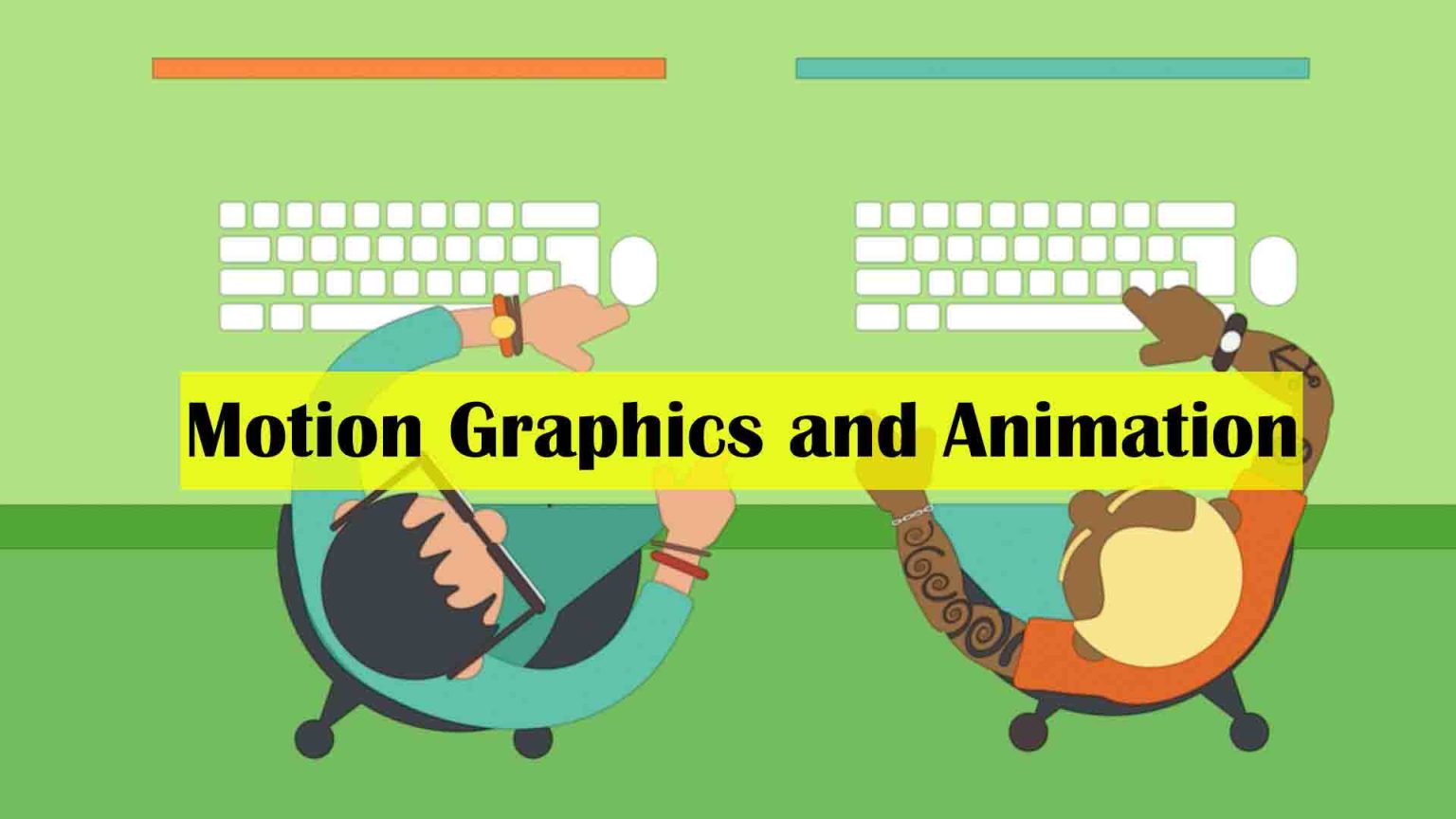If you’ve recently started to explore the world of design and animation, you may be wondering how motion graphics and animation are different. It’s easy to understand why someone would confuse these two terms; after all, they both involve using an animation maker like Vista Create to create movements that incorporate designs or illustrations.
However, there are many key distinctions that separate motion graphics from traditional animated sequences. In this blog post, we’ll be exploring what separates one type of visual production from another and how both form an integral part of modern web design and video development.
Introducing motion graphics and animation
Motion graphics and animation are two different kinds of digital art. Graphic motion allows designers to move objects, 3D models, and even text. This makes it great for illustrating things such as directions or sequences of events as they unfold over time.
Animation, on the other hand, is the process of making moving images, like characters and action scenes, digitally. These images are used to tell stories in an environment that can be explored. Through the use of lighting and color theory paired with special effect techniques, this type of art can become incredibly realistic.
Exploring the technical differences between the two
Motion graphics use live-action footage and/or edited images to make a video with illustrations and other elements. Animation, on the other hand, uses software tools to create motion in frame-by-frame sequences.
Animations can take many hours or even days to be completed, as new frames must be drawn or manipulated by the hand of an artist on each individual frame, while motion graphics can often be completed much faster by relying heavily on computer applications. Both motion graphics and animation have their unique strengths, so deciding which one is right for a specific project can depend on the message you want to convey as well as your budget and timeline.
Motion design vs. traditional animation – what are their advantages and disadvantages
The key differences between the two arise in terms of cost and time. Motion design often requires fewer resources and can be completed more quickly than traditional animation, making it a great choice for projects on a tight deadline.
On the flip side, motion design can look mechanical and may not result in a truly unique product. Traditional animation takes longer, but it gives you more freedom to make something unique and suited to the needs of the project. Ultimately, the decision between these two approaches comes down to how much time, energy, money, and creativity you want to invest into your project.
How to decide which type of graphic is right for your project or need
If you break down what you need into a series of questions and figure out the answers one by one, it’s easy to figure out what kind of graphic will get you the results you want. Firstly, consider what information must be conveyed in your graphic. Is data visualization more important, or does your graphic need to include pictorial elements?
Second, when choosing between static and interactive graphics, think about how much time you have and how much money you have. Last but not least, think about how easy it will be for people to use your graphic. For a design to be successful and do its job, it needs to have easy-to-use navigation or user controls.
Examples of impactful motion graphics and animations that have been used in digital marketing
In digital marketing, both arts have become very powerful ways to explain complicated ideas or make a product ad more interesting. Motion graphics and animation are being used more and more in popular online streaming services like Netflix. Their advertisements often feature characters or scenarios brought to life, helping the audience quickly relate to and remember their messaging.
Other brands have picked up on this trend, and more and more of them are using creative visuals made with motion techniques to explain complicated ideas or just get people’s attention. It is clear that these techniques are becoming essential for any digital marketing strategy, making it easier for viewers to connect with an ad or message in a way that resonates.
Tips on how to create an effective motion graphic or animation
To make a good motion graphic or animation that gets your message across, you need to put in some time and plan ahead. Many creators find it helpful to develop a script or storyboard beforehand so they have the core elements outlined before starting work on the video itself.
Additionally, considering the audience is key; ensure that you are creating content that will resonate with them and properly articulate your brand’s message. Taking the time to choose the correct format of animation for your project is also essential for communicating a successful product. Animated videos can be very effective if they are carefully planned and aimed at the right people.
